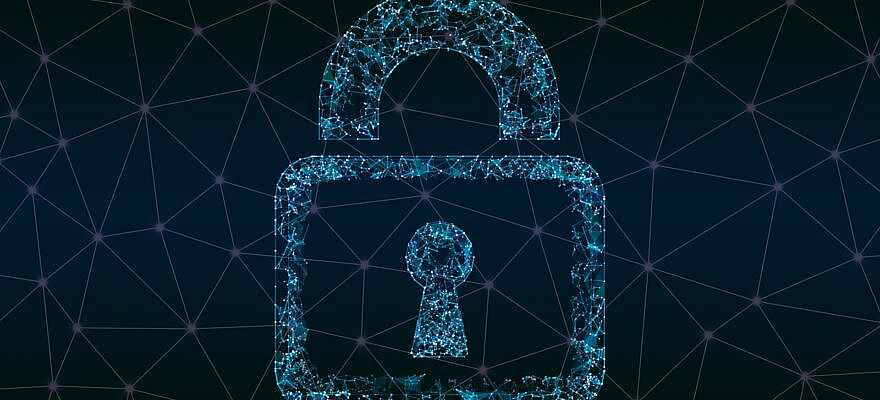

It’s no secret that cyber threats are increasing in these technological times, each threat putting pressure on security systems to develop new ways of combatting these breaches.
What is an emerging threat? Emerging threats are usually a new very critical risk or a threat with a new availability of exploits for a vulnerability that already exists. It can sometimes be a new wave of ransomware that targets older vulnerabilities, or a threat that provokes mass news coverage of an exploit that is worrying a company’s customers.
So, what are the newly emerging trends concerning cybersecurity threats? Familiarise yourself with the different types of trends to become more aware of what threats your company could be facing.
Work from home attacks
Work from home attacks have emerged rapidly since the start of pandemic restrictions, which resulted in many employees working from the comfort of their own homes. Threats in this area might see attacks exploiting many vulnerable home networks simultaneously to create a mass breach of important services and systems. The corporate attack surface has increased significantly with increasing numbers of staff utilising home connections for both their jobs and personal use.
How can staff members tackle this increasing problem? Individuals/Companies could install tools capable of analysing user activity, corporate connective habits, and requests of resources to allow for sign-ins when it’s safe.
Front line phishing
Front line phishing has affected this year’s cybersecurity trends, especially with new campaigns focusing on targeting people looking for information on the Covid-19 vaccine. Individuals might click on an email or link which appears to be informing them about their vaccination appointment or something similar, meaning that they’re concerning because they interest their vulnerable readers immediately. Furthermore, people working from home are put under more pressure both with their change of lifestyle during the pandemic and with increasing amounts of emails. This pressure might make more people likely to fall for front line phishing campaigns. Therefore, companies have to be prepared for an increase in these types of modern phishing methods. To do this, companies could educate their employees on detecting suspicious emails with a training course.
Fileless frameworks
Fileless frameworks are designed to get past familiar detection controls that scan for malicious files to infiltrate systems. They use approved software tools in corporate networks, meaning that attacks don’t have to design any of their own frameworks for an attack. Unfortunately for victims, this decreases the required malware development time. This is an emerging trend and attacks are likely to use fileless frameworks to breach service providers instead of specific groups. One way to try to avoid this kind of cyber threat would be to focus on cyber hygiene. This involves getting systems and software up to date with any required installations, as well as making sure that security tools are working properly to reduce any possible risks.
Advanced persistent threat
An advanced persistent threat might emerge to be even more common. It uses sophisticated techniques to hack and access a system. It steals important data and information and might stay in the system for some time, meaning attackers might get more access to the company’s system.
Business process compromise
As a type of attack that is trending in recent times, cyber attackers might discover vulnerabilities in a business’ workflow processes. Companies might think attacks will try to exploit software and so neglect the vulnerability of their workflow. Therefore, these threats exploit the vulnerabilities ignored in business workflow for financial gain. For these compromises to be successful, the attacker must know about the systems they are trying to exploit. This means that the threat usually starts with compromising a system within the network. From here, cyber attackers analyse the whole system to detect any specific vulnerabilities. It’s not always obvious at first that this threat has taken place, meaning that many companies might not discover it until it’s too late.
What should you do if an emerging threat takes place?
In the unfortunate event that an emerging threat does take place within your company, you can do several things to take action against it.
Customers should be alerts quickly, so communication is key. Furthermore, a detailed analysis of the attack needs to take place. Knowing what data and systems have been affected can best help you with knowing what approach you should take. For example, you might choose to strengthen your system’s security with new passwords. Before reaching this point, however, you should try to combat emerging threats in the first place. For example, you could do this by hiring or training employees to be educated on serious emerging threats and how they can be avoided.
So, it’s obvious that emerging threats are ever-increasing and trending within this age. There are ways to combat and take action on these threats, and companies should be cautious of these threats since cybercriminals are always advancing their methods to exploit companies’ systems.